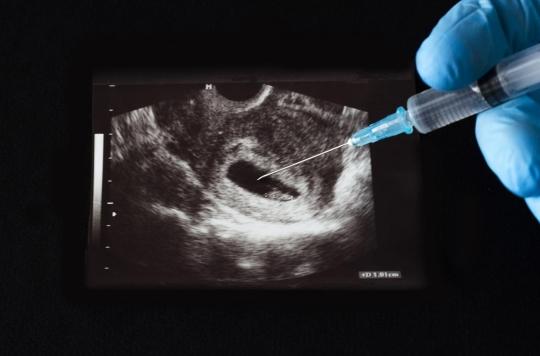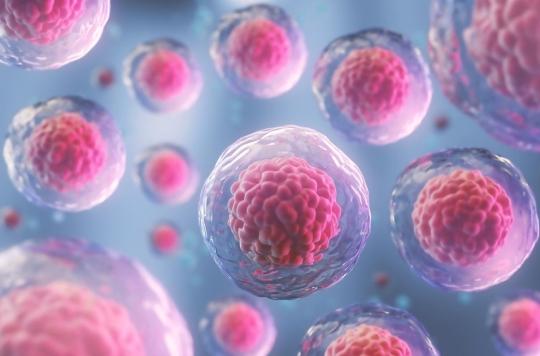This Wednesday, March 21 celebrates World Trisomy 21 Day, a chromosomal disease associated with the abnormal presence of a 3rd chromosome 21. This condition affects 65,000 people who are affected to varying degrees and in three forms: free trisomy 21, trisomy 21 by translocation and partial trisomy 21. People with Down’s syndrome are different and claim it.

Some like the thrill, others just hit the beach, and animals can be just as good as books. Down’s syndrome is the most common chromosomal disease.
On the occasion of World Down’s Syndrome Day, parents have put together and broadcast a video under the hashtag #DifferentComme Vous in order to raise awareness that, like all other little sapiens, their children with Down’s syndrome have their own personality, and this despite some characteristic physical traits generated by the disability.
#DifferentLikeYou
March 21 is World Down Syndrome Day.
There are many stereotypes about this handicap. “They are all the same”. Camille, Alexis, Rafael, Emilien, Antonin, Milo, Elena, Lorenzo, Atéa, Emma, Marcel, Zoé, Louise, Joséphine are just like you DIFFERENT pic.twitter.com/gd5oyn8Jol– ChromosomeSurpise (@ ChromosomeSurp1) March 16, 2018
Free trisomy 21, trisomy 21 by translocation and partial trisomy 21
Beyond the human specificities of each person with Down’s syndrome, there are three forms of Down’s syndrome: free Down’s syndrome, Down’s syndrome by translocation and partial Down’s syndrome. Free trisomy 21 means that all 3 chromosomes 21 are separated from each other, that all of chromosome 21 is involved, and trisomy 21 has been observed in all cells examined under a microscope or cells that have been subjected to a karyotype. It affects nearly 95% of people with Down’s syndrome *.
In the case of translocation trisomy 21, the karyotype shows 2 free 21 chromosomes, plus a third attached to another chromosome. This rare type of trisomy 21 increases the chances of having a child with this chromosomal handicap in particular.
The person carrying a partial trisomy 21 will present only certain signs of the trisomy 21 depending on the fragment in excess. In this case, only one part of chromosome 21 is in excess.
It’s today !
Take the opportunity to put on mismatched socks, it’s for a good cause ????We expect your photos with the hashtag:#DifferentLikeYou pic.twitter.com/qPdeJFjFUA
– FFSS National (@FFSSnational) March 21, 2018
Variability
If the expression of trisomy 21 is very variable from one person to another, certain signs are nevertheless common to all patients, such as an intellectual disability affecting the capacities of abstraction and possible congenital complications present in birth (cardiac or digestive malformation, etc.) or occurring during life (endocrine, orthopedic, visual, auditory, etc.).
50,000 people have trisomy 21 in France, with a life expectancy increasingly similar to that of the general population. It is the leading cause of mental deficit of genetic origin (1 in 700 to 1000 babies conceived) in the world.
Trisomy 21 results from a chromosomal abnormality. Where humans normally have 46 chromosomes organized in 23 pairs, people with Down’s syndrome have 47. In them, chromosome 21 is in triplicate instead of two.
* Source: thetrisomy 21 association.
.

















